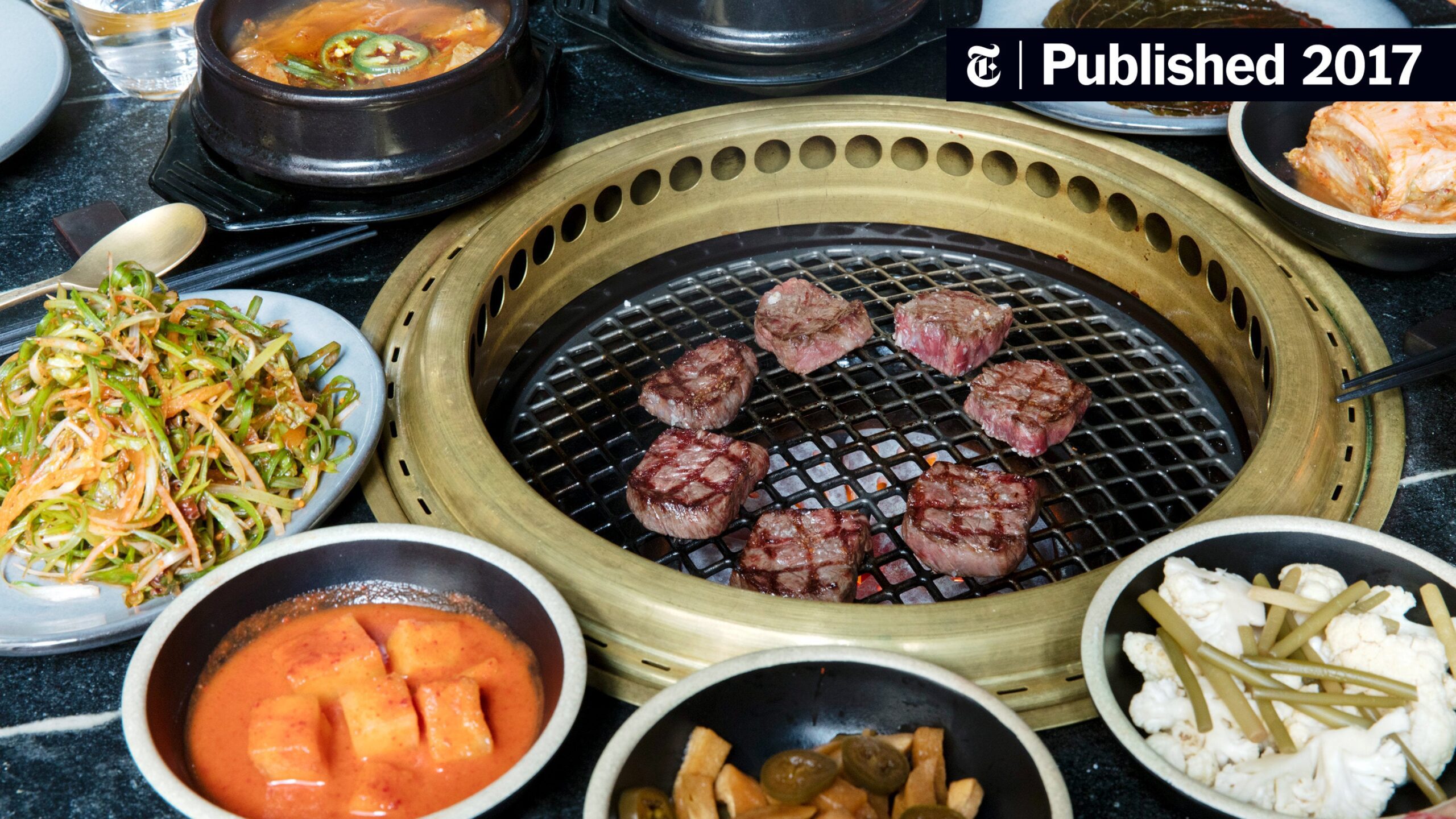Chinese and Korean BBQ are both popular grilling styles in Asia that have gained popularity in other parts of the world. Although they use similar ingredients, their cooking and seasoning methods differ. Chinese BBQ includes more exotic meats than Korean BBQ but relies on soy sauce, hoisin sauce, and five-spice powder for seasoning. Korean BBQ focuses on pork, beef, and chicken, with seasonings such as soy sauce, sesame oil, garlic, and ginger. Chinese BBQ is cooked over an open flame, while Korean BBQ is cooked on a grill or griddle with thinly sliced meat. Both are served with an array of side dishes and have different atmospheres. Ultimately, personal preference determines the choice between Chinese and Korean BBQ.
Chinese vs. Korean BBQ: A Comparison of Grilling Styles
Introduction
Both Chinese and Korean BBQ are popular grilling styles in Asia, and they have gained popularity in other parts of the world. Although the two styles use similar ingredients such as meats and vegetables, their cooking and seasoning methods differ. In this article, we will explore the differences and similarities between Chinese and Korean BBQ.
Meat Selection
In both Chinese and Korean BBQ, a wide variety of meats is used. The most popular meats used in Chinese BBQ are pork, beef, and lamb. Chinese BBQ also includes more exotic meat options, such as water buffalo, snake, and pigeon. In comparison, Korean BBQ mainly focuses on pork, beef, and chicken.
Marinades and Seasonings
Both Chinese and Korean BBQ heavily rely on marinades and seasonings to add flavor to the meat. However, the seasonings used are quite different. Chinese BBQ mainly uses soy sauce, hoisin sauce, and five-spice powder, while Korean BBQ uses soy sauce, sesame oil, garlic, and ginger.
Cooking Techniques
The cooking techniques used for Chinese and Korean BBQ also differ. Chinese BBQ is cooked over an open flame, typically using charcoal or wood, and the meat is usually basted with a thick glaze. Korean BBQ is cooked on a grill or griddle, and the meat is thinly sliced and cooked quickly.
Side Dishes
Both Chinese and Korean BBQ are served with an array of side dishes. Chinese BBQ is usually served with rice, steamed buns, and vegetables like Chinese broccoli and bok choy. Korean BBQ is accompanied by pickled vegetables, kimchi, and rice.
Atmosphere
The atmosphere of Chinese and Korean BBQ restaurants can be quite different. Chinese BBQ restaurants tend to be more casual and less formal, with the focus solely on the food. Korean BBQ restaurants often have a more upscale atmosphere, with formal seating and a focus on presentation.
Conclusion
In conclusion, Chinese and Korean BBQ share some similarities, such as the use of meats and vegetables and the importance of marinades and seasonings. However, their cooking techniques and atmospheres are distinctly different. Ultimately, the choice between Chinese and Korean BBQ comes down to personal preference and the experience you want to have.
